Home>Gardening & Outdoor>Garden Tools & Equipment>What Kind Of Gas Does A Stihl Leaf Blower Use
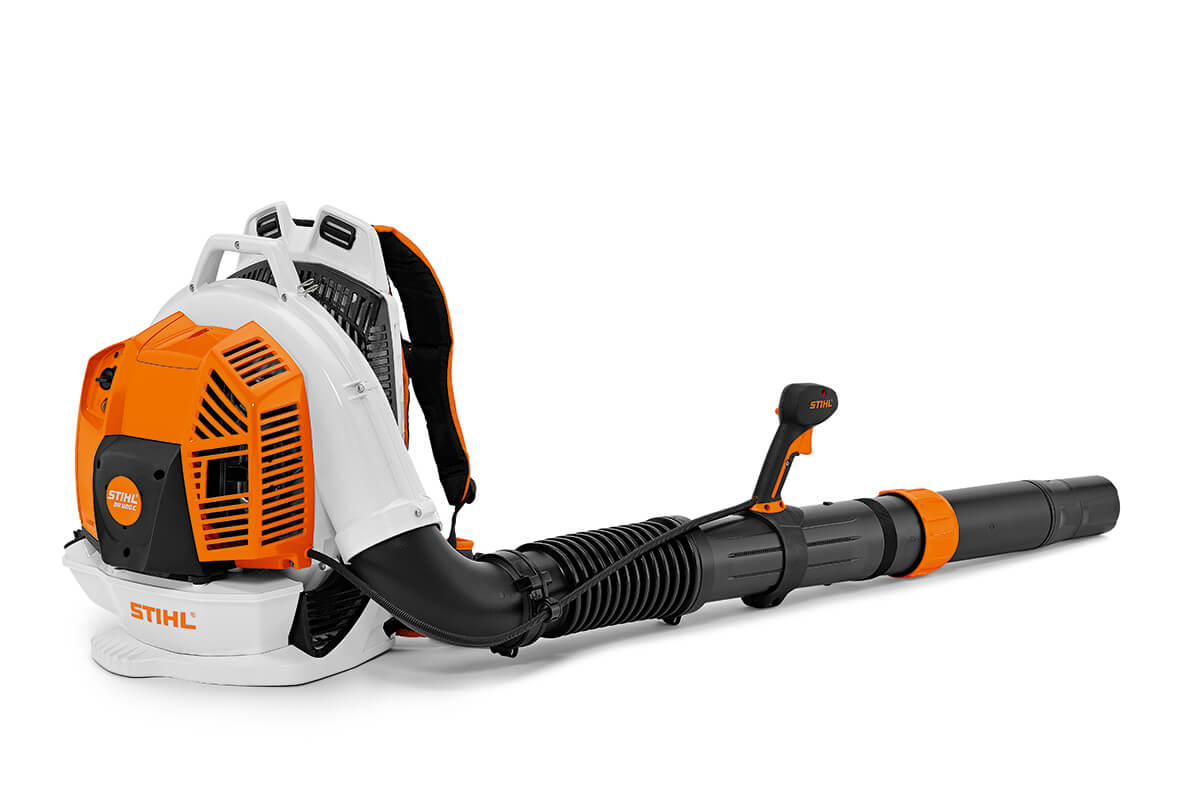

Garden Tools & Equipment
What Kind Of Gas Does A Stihl Leaf Blower Use
Modified: February 18, 2024
Discover the right type of gas for your Stihl leaf blower and keep your garden tools and equipment running smoothly. Learn more about the best fuel options.
(Many of the links in this article redirect to a specific reviewed product. Your purchase of these products through affiliate links helps to generate commission for Storables.com, at no extra cost. Learn more)
Introduction
When it comes to maintaining a pristine garden or a well-manicured lawn, investing in high-quality garden tools is essential. One such tool that has garnered immense popularity among homeowners and professional landscapers is the Stihl leaf blower. Renowned for its robust performance and durability, the Stihl leaf blower is a trusted companion for effortlessly clearing leaves, debris, and grass clippings.
In this comprehensive guide, we delve into the nuances of Stihl leaf blowers, focusing on a fundamental aspect that is often overlooked: the type of gas they require. Understanding the specific gas requirements for your Stihl leaf blower is crucial for optimal performance and longevity. Whether you're a seasoned Stihl leaf blower owner or contemplating the purchase of this powerful gardening tool, this article will provide invaluable insights into the types of gas suitable for Stihl leaf blowers and essential maintenance tips to keep them running smoothly. So, let's embark on this journey to unravel the mysteries of fueling and maintaining your Stihl leaf blower!
Key Takeaways:
- Choose the right gas: Stihl leaf blowers run on regular unleaded gasoline with an octane rating of 89 or higher, or Stihl MotoMix® for optimal performance and engine longevity.
- Maintain with care: Regular cleaning, air filter checks, and following the recommended maintenance schedule are crucial for keeping your Stihl leaf blower running smoothly and reliably.
Understanding Stihl Leaf Blowers
Stihl leaf blowers are renowned for their exceptional performance, durability, and innovative features, making them a popular choice for both residential and commercial landscaping tasks. These powerful machines are designed to swiftly clear leaves, grass clippings, and other debris, significantly reducing the time and effort required for yard maintenance.
Stihl offers a diverse range of leaf blowers, including handheld, backpack, and walk-behind models, catering to various user preferences and landscaping needs. The handheld models are lightweight and maneuverable, ideal for smaller properties and precise debris removal. On the other hand, the backpack and walk-behind models are favored for their extended run times and enhanced blowing capacity, making them suitable for larger areas and professional use.
Equipped with high-performance engines and advanced air delivery systems, Stihl leaf blowers deliver impressive air velocity and volume, ensuring efficient debris displacement. Additionally, many models feature ergonomic designs, anti-vibration technology, and adjustable nozzles, prioritizing user comfort and ease of operation.
Stihl’s commitment to engineering excellence is evident in the incorporation of innovative technologies such as the Easy2Start system, which reduces the effort required to start the engine, and the IntelliCarb™ compensating carburetor, optimizing engine performance across various environmental conditions.
Understanding the capabilities and features of Stihl leaf blowers is essential for harnessing their full potential and ensuring optimal performance. Whether you’re a homeowner seeking to maintain a pristine yard or a professional landscaper aiming for efficiency and productivity, the diverse range of Stihl leaf blowers offers a suitable option for every landscaping task.
Types of Gas for Stihl Leaf Blowers
Choosing the right type of gas for your Stihl leaf blower is crucial for maximizing its performance and longevity. Stihl leaf blowers are designed to run on a specific type of fuel that ensures optimal combustion and minimal residue buildup within the engine and exhaust system. The primary types of gas recommended for Stihl leaf blowers are regular unleaded gasoline and Stihl MotoMix®.
Regular Unleaded Gasoline: The majority of Stihl leaf blower models are compatible with regular unleaded gasoline with an octane rating of 89 or higher. It is imperative to refrain from using ethanol blends exceeding 10% as they can lead to engine performance issues and potentially cause damage. When using regular unleaded gasoline, it’s essential to incorporate a high-quality synthetic two-stroke engine oil at the manufacturer’s recommended mixing ratio. This ensures proper lubrication and protection for the engine’s internal components, promoting smooth operation and longevity.
Stihl MotoMix®: Stihl MotoMix® is a premixed high-performance fuel specifically formulated for two-stroke engines, including those found in Stihl leaf blowers. This ready-to-use fuel is meticulously engineered to deliver optimal engine performance, enhanced lubrication, and reduced maintenance requirements. Stihl MotoMix® is free from ethanol and benzene, minimizing the formation of combustion residues and deposits within the engine. Additionally, it boasts a long shelf life and facilitates easy starting, making it an attractive option for users seeking convenience and superior engine protection.
It’s important to note that using the correct type of gas is paramount for preventing engine damage, maintaining warranty coverage, and maximizing the efficiency of your Stihl leaf blower. Always refer to the product manual or consult with a certified Stihl dealer to ascertain the recommended fuel type and mixing ratios for your specific leaf blower model.
Now that we’ve explored the types of gas suitable for Stihl leaf blowers, let’s delve into the factors to consider when choosing the right gas for your gardening tool.
A Stihl leaf blower uses a mixture of gasoline and two-stroke engine oil. Make sure to use the correct ratio of gas to oil as recommended by the manufacturer for optimal performance.
Choosing the Right Gas for Your Stihl Leaf Blower
When it comes to fueling your Stihl leaf blower, making the right choice can significantly impact its performance, longevity, and overall reliability. Here are essential considerations to help you select the most suitable gas for your Stihl leaf blower:
- Manufacturer’s Recommendations: Stihl provides specific guidelines regarding the type of gas and oil mixture ratio suitable for each leaf blower model. It is imperative to adhere to these recommendations to ensure optimal engine performance and to maintain warranty coverage. Deviating from the manufacturer’s specifications can lead to engine damage and void the warranty, so it’s crucial to prioritize compliance with these guidelines.
- Environmental Factors: Consider the prevailing environmental conditions in your area. If you reside in an area with fluctuating temperatures, humidity, or altitude, opting for a high-quality premixed fuel like Stihl MotoMix® can offer consistent performance and reliable engine starting, regardless of environmental variations.
- Convenience and Longevity: Stihl MotoMix® provides the convenience of a ready-to-use fuel that eliminates the need for mixing gas and oil. Moreover, its extended shelf life ensures that the fuel remains viable for an extended duration, making it an attractive option for occasional or seasonal leaf blower users.
- Engine Protection: Prioritizing the long-term health of your leaf blower’s engine is paramount. Stihl MotoMix® is formulated to minimize the formation of combustion residues and deposits, offering enhanced lubrication and reduced maintenance requirements. This can contribute to prolonged engine life and consistent performance.
- Ethanol Content: When using regular unleaded gasoline, it’s crucial to verify that the ethanol content does not exceed 10%. Higher ethanol blends can lead to engine performance issues, corrosion, and increased maintenance needs. Stihl MotoMix®, being ethanol-free, mitigates these concerns, making it a favorable choice for maintaining your leaf blower’s engine health.
By carefully considering these factors and consulting the product manual or a certified Stihl dealer, you can confidently select the most appropriate fuel for your Stihl leaf blower. Prioritizing the use of high-quality, recommended fuels not only optimizes your leaf blower’s performance but also contributes to its long-term reliability and durability.
Maintaining Your Stihl Leaf Blower
Proper maintenance is pivotal in ensuring the longevity, efficiency, and reliability of your Stihl leaf blower. By adhering to a consistent maintenance regimen, you can safeguard your investment and enjoy optimal performance throughout its service life. Here are essential maintenance practices to uphold the health of your Stihl leaf blower:
- Regular Cleaning: After each use, take the time to remove debris, dirt, and grass clippings from the exterior and air intake vents of the leaf blower. Use a soft brush or cloth to gently dislodge and wipe away any accumulated debris. This prevents clogging and ensures proper airflow, optimizing the blower’s performance.
- Inspecting Air Filters: Routinely inspect the air filters for any signs of dirt or damage. Clean or replace the filters as per the manufacturer’s recommendations. Clean air filters facilitate unrestricted airflow and prevent debris from entering the engine, safeguarding its internal components.
- Checking Spark Arrestor Screen: If your Stihl leaf blower is equipped with a spark arrestor screen, periodically examine and clean it to prevent the accumulation of carbon deposits. A clogged spark arrestor screen can impede exhaust flow and diminish engine performance.
- Engine Maintenance: Adhere to the recommended maintenance schedule outlined in the product manual. This includes inspecting spark plugs, adjusting carburetor settings, and ensuring proper fuel system functionality. Following these guidelines can optimize engine efficiency and prevent potential issues.
- Storage Considerations: When storing your leaf blower for an extended period, drain the fuel tank and run the engine until it exhausts the remaining fuel. This prevents fuel degradation and varnish formation within the fuel system. Additionally, store the leaf blower in a clean, dry environment to prevent moisture-related damage.
- Professional Servicing: Engage the services of a certified Stihl technician for periodic inspections and servicing. Trained professionals can conduct comprehensive assessments, address underlying issues, and optimize the performance of your leaf blower, ensuring its continued reliability.
By diligently adhering to these maintenance practices, you can prolong the lifespan of your Stihl leaf blower and sustain its peak performance. Remember, a well-maintained leaf blower not only enhances operational efficiency but also minimizes the likelihood of unexpected breakdowns, allowing you to tackle yard maintenance tasks with confidence and ease.
Read more: What Kind Of Gas For A Leaf Blower
Conclusion
As we conclude our exploration of Stihl leaf blowers and their fuel requirements, it’s evident that these robust gardening tools demand careful consideration when it comes to fuel selection and maintenance. Understanding the nuances of fueling and maintaining your Stihl leaf blower is essential for harnessing its full potential and ensuring long-term reliability.
From the diverse range of Stihl leaf blower models, each tailored to specific user preferences and landscaping needs, to the critical choice between regular unleaded gasoline and Stihl MotoMix®, the importance of adhering to manufacturer recommendations cannot be overstated. By prioritizing compliance with fuel type and mixing ratios, you can safeguard your leaf blower’s engine, maintain warranty coverage, and optimize its performance across various environmental conditions.
Furthermore, the significance of proactive maintenance practices cannot be overlooked. Regular cleaning, air filter inspections, and adherence to the recommended maintenance schedule are integral to preserving the efficiency and longevity of your Stihl leaf blower. By incorporating these practices into your leaf blower care routine, you can mitigate the risk of unexpected malfunctions and enjoy consistent, reliable performance.
Whether you’re a homeowner seeking to maintain a pristine yard or a professional landscaper aiming for efficiency and productivity, the Stihl leaf blower stands as a stalwart companion in your gardening endeavors. By arming yourself with the knowledge of fuel types, maintenance best practices, and the guidance of a certified Stihl dealer or technician, you can embark on a seamless and rewarding leaf-blowing experience.
In essence, the fusion of meticulous fuel selection, diligent maintenance, and a profound understanding of your Stihl leaf blower’s capabilities culminates in a harmonious synergy between man and machine, enabling you to conquer yard maintenance tasks with confidence and ease.
So, as you revitalize your outdoor spaces and embark on leaf-clearing missions, may your Stihl leaf blower serve as a steadfast ally, propelled by the optimal fuel and nurtured through attentive maintenance, ensuring that your gardening endeavors flourish with unparalleled efficiency and convenience.
Frequently Asked Questions about What Kind Of Gas Does A Stihl Leaf Blower Use
Was this page helpful?
At Storables.com, we guarantee accurate and reliable information. Our content, validated by Expert Board Contributors, is crafted following stringent Editorial Policies. We're committed to providing you with well-researched, expert-backed insights for all your informational needs.
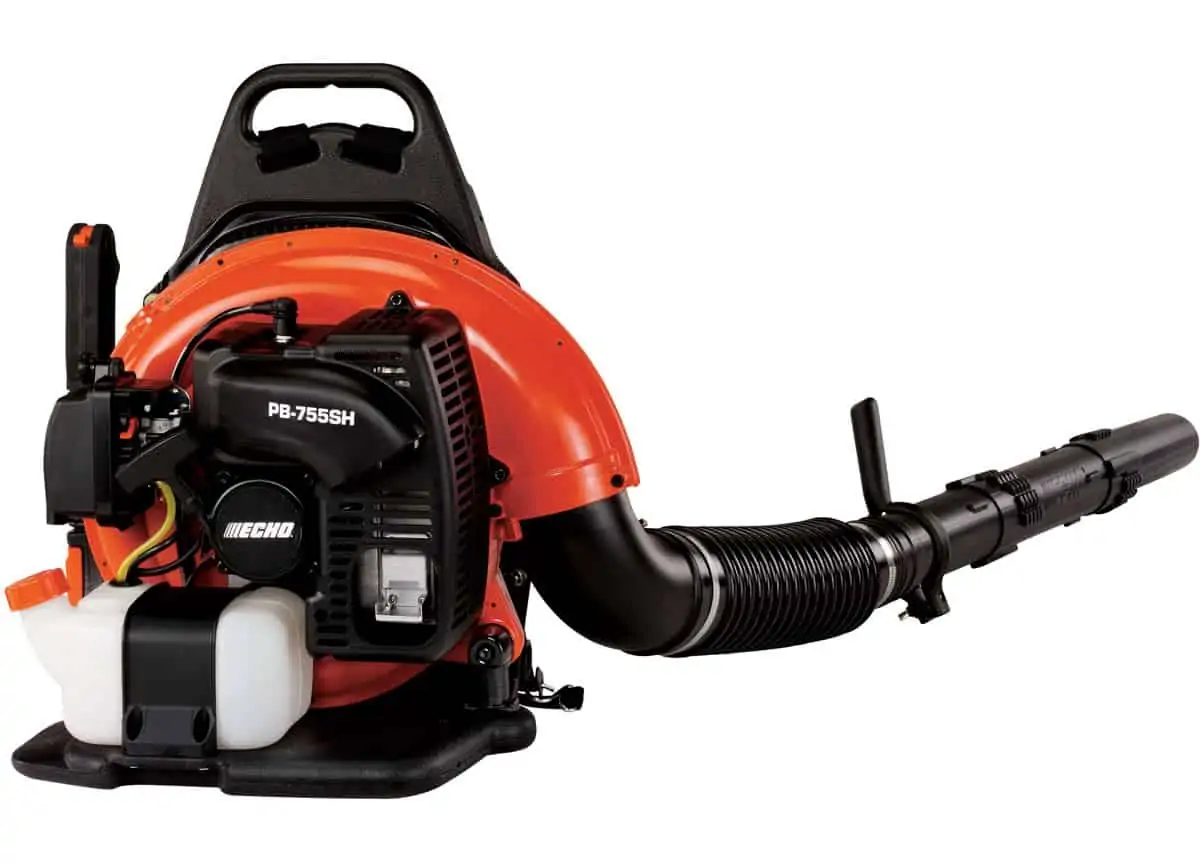
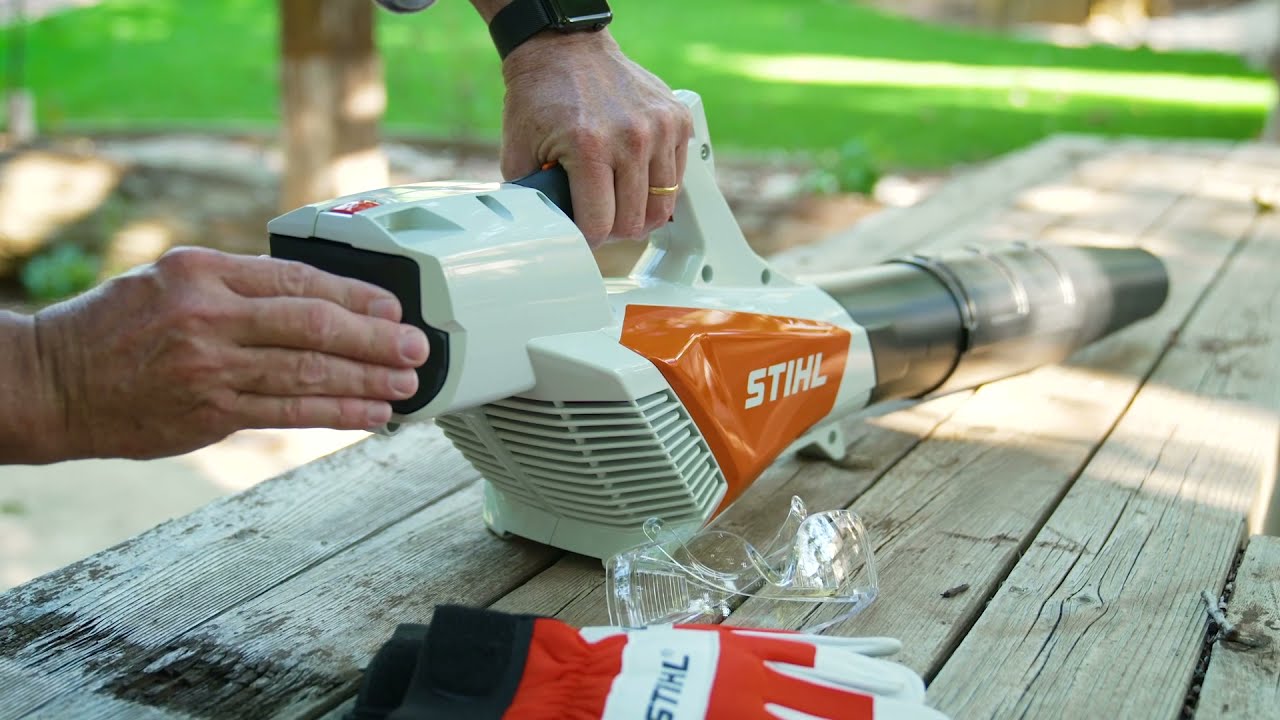
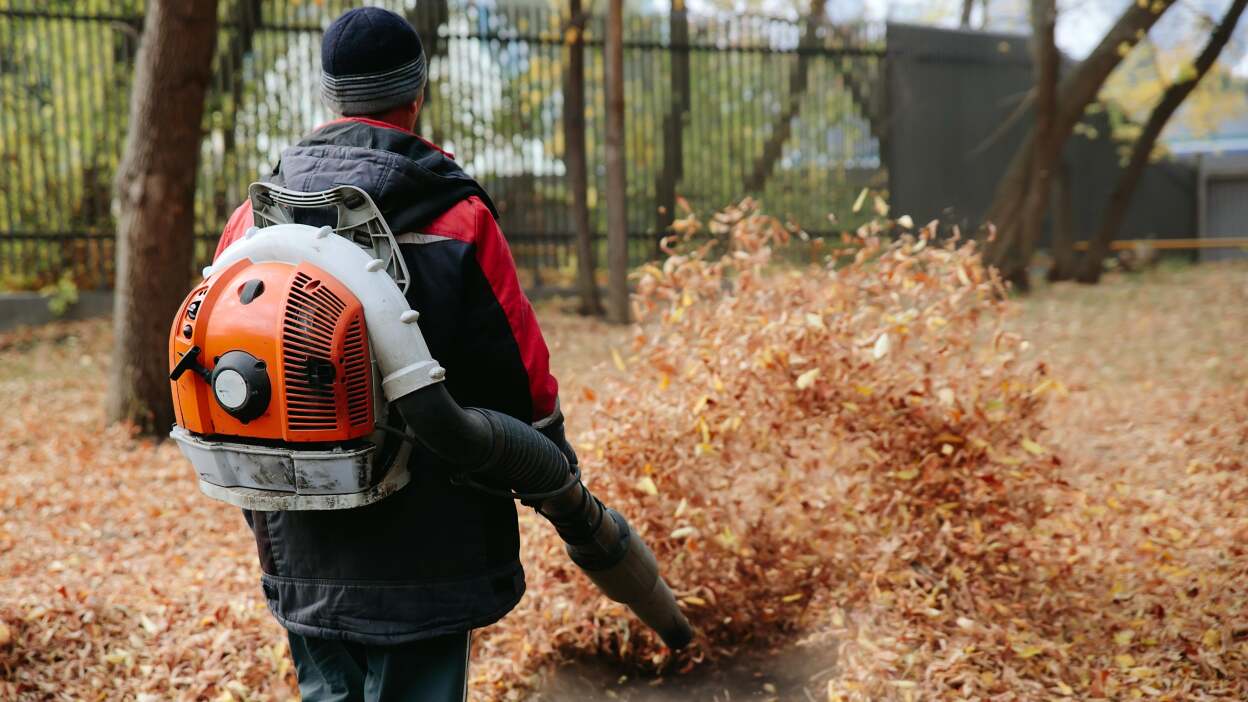
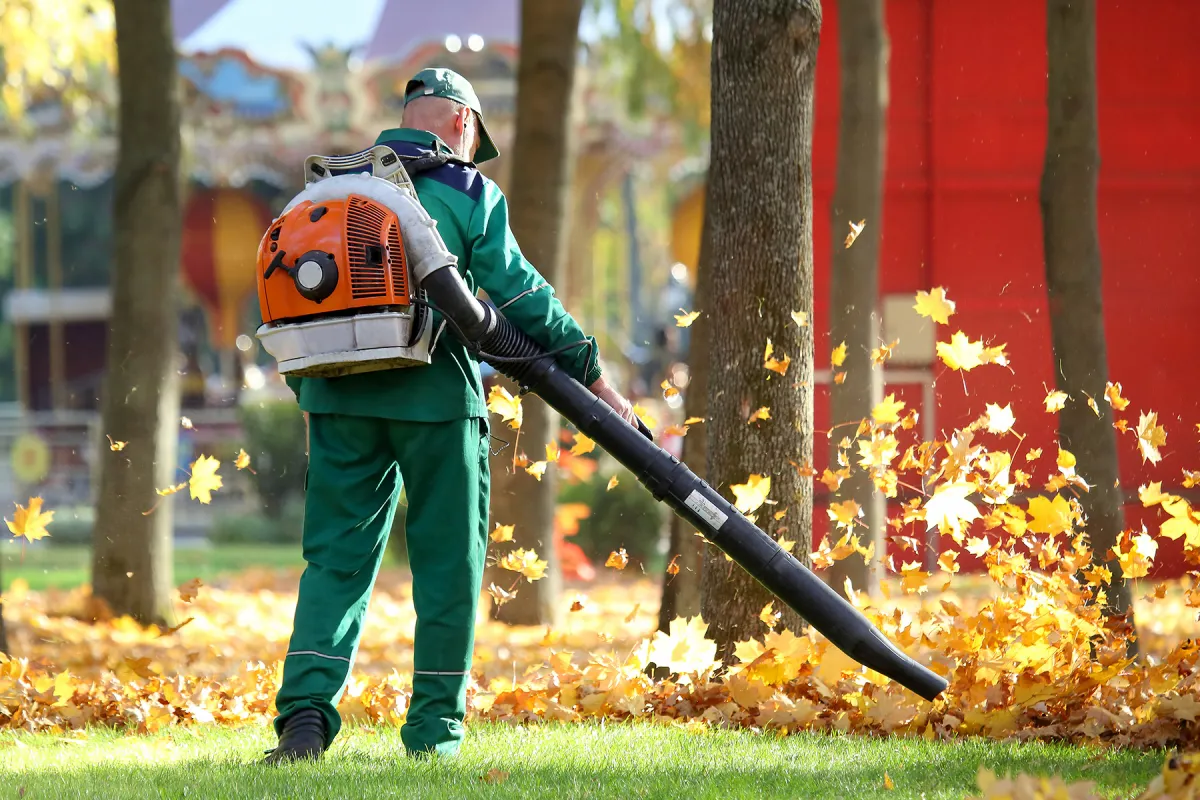
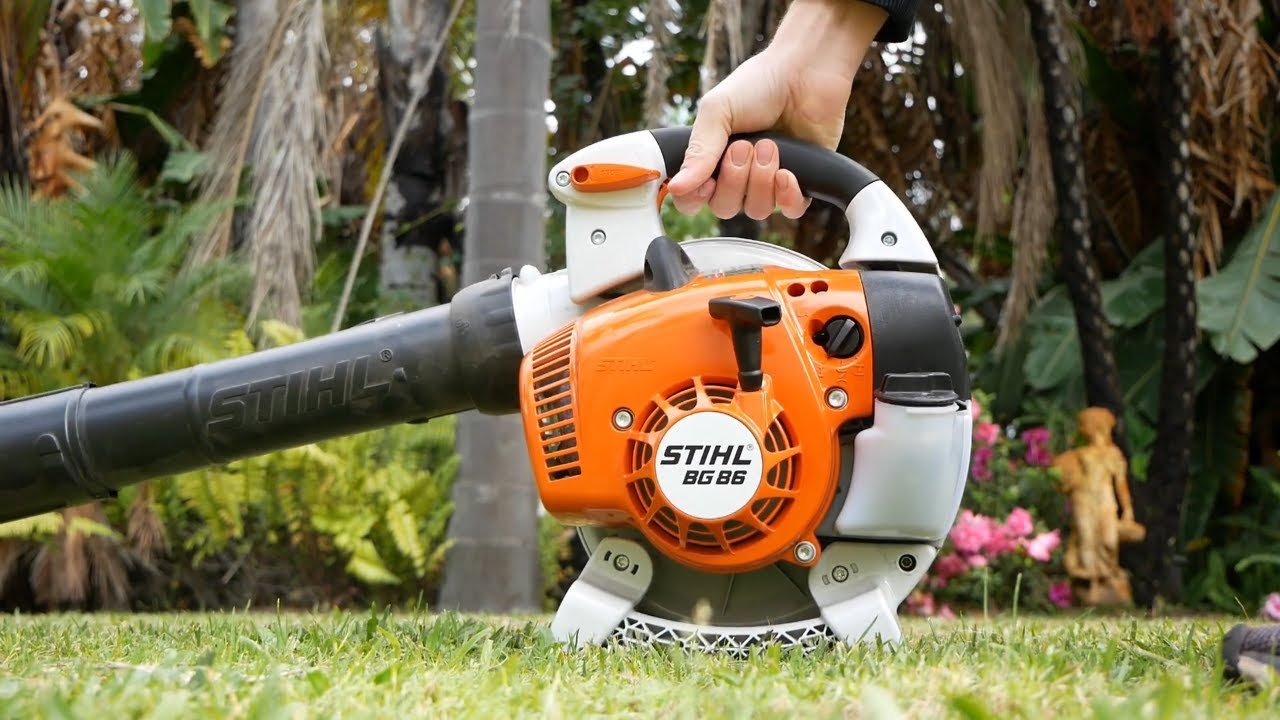
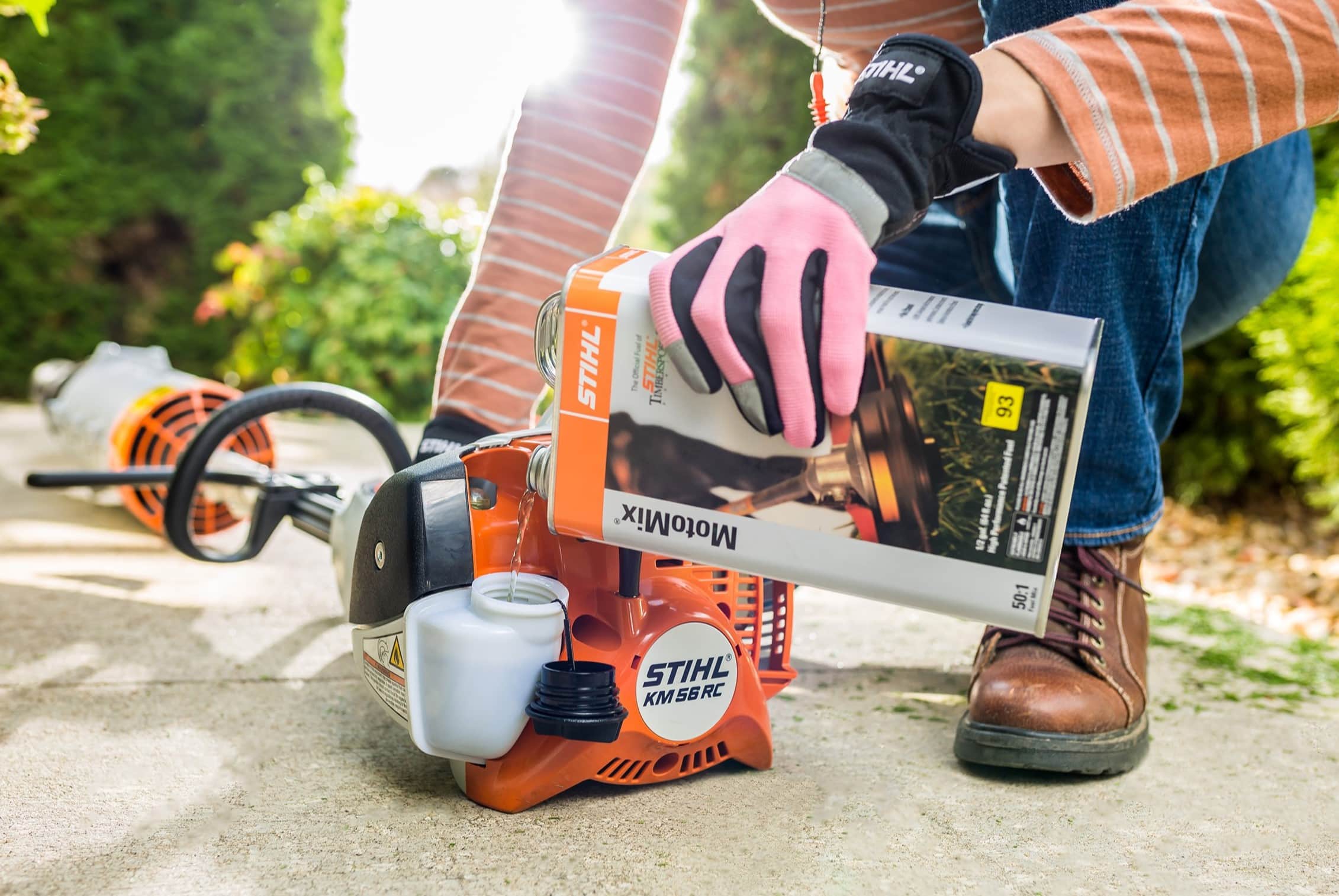
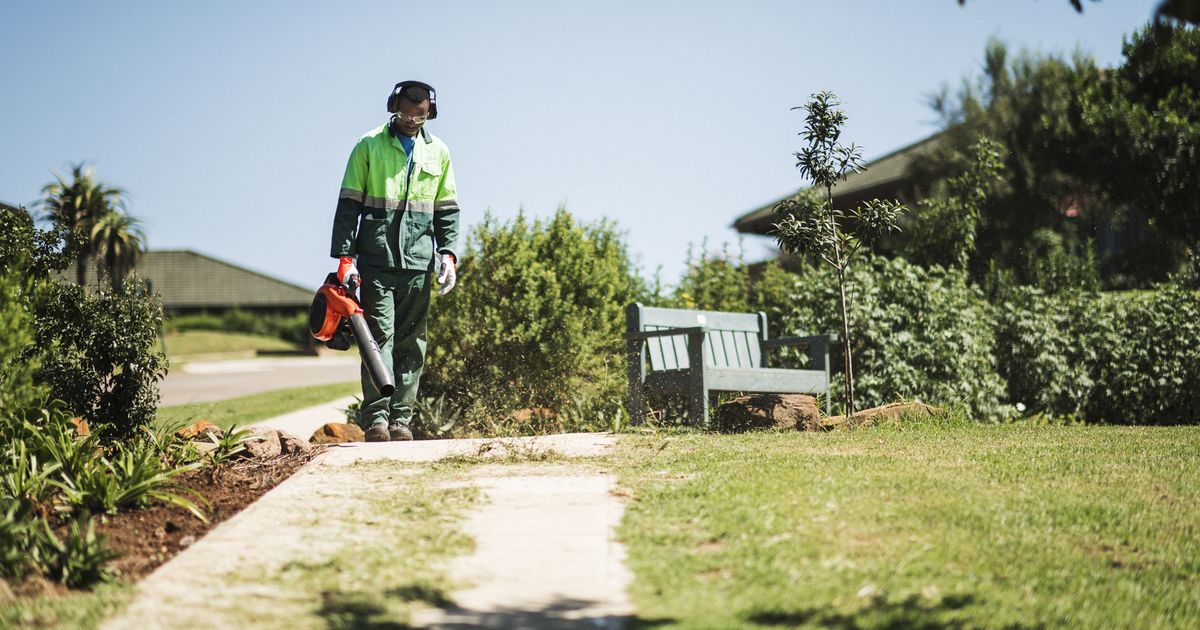
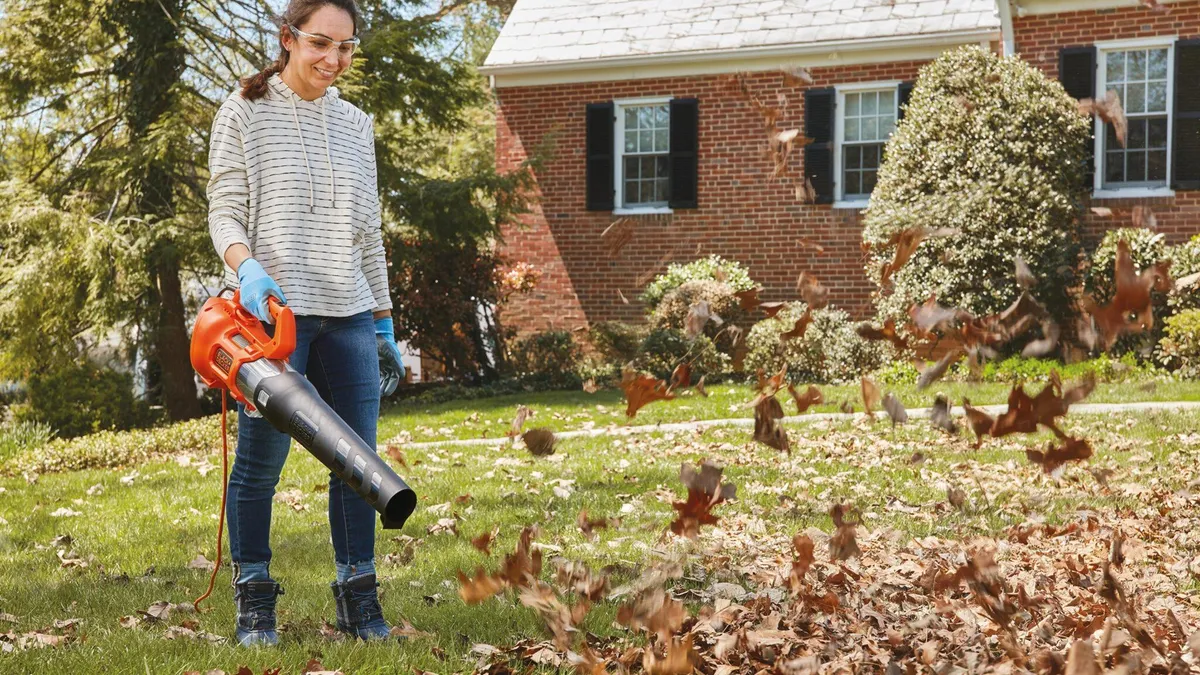
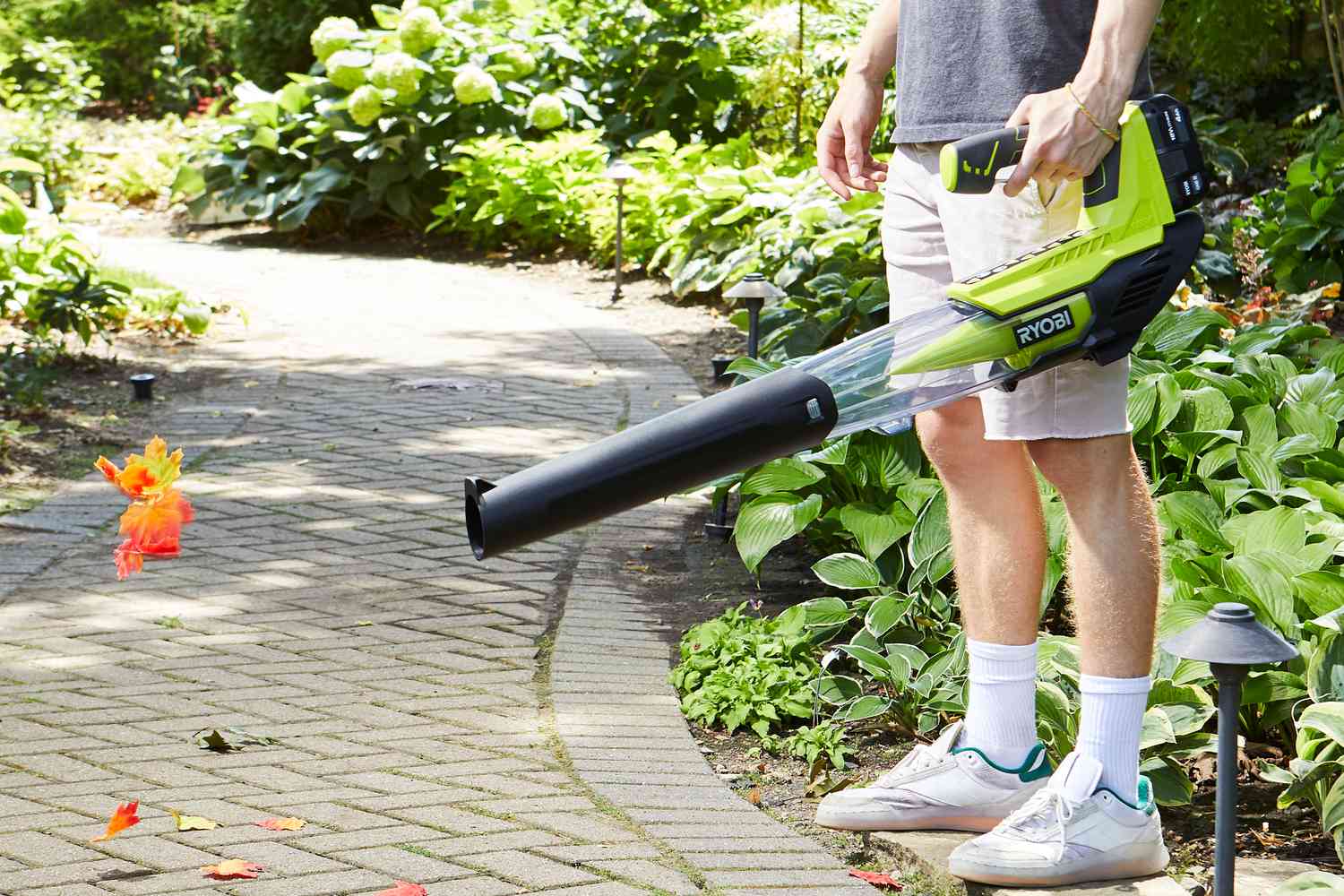
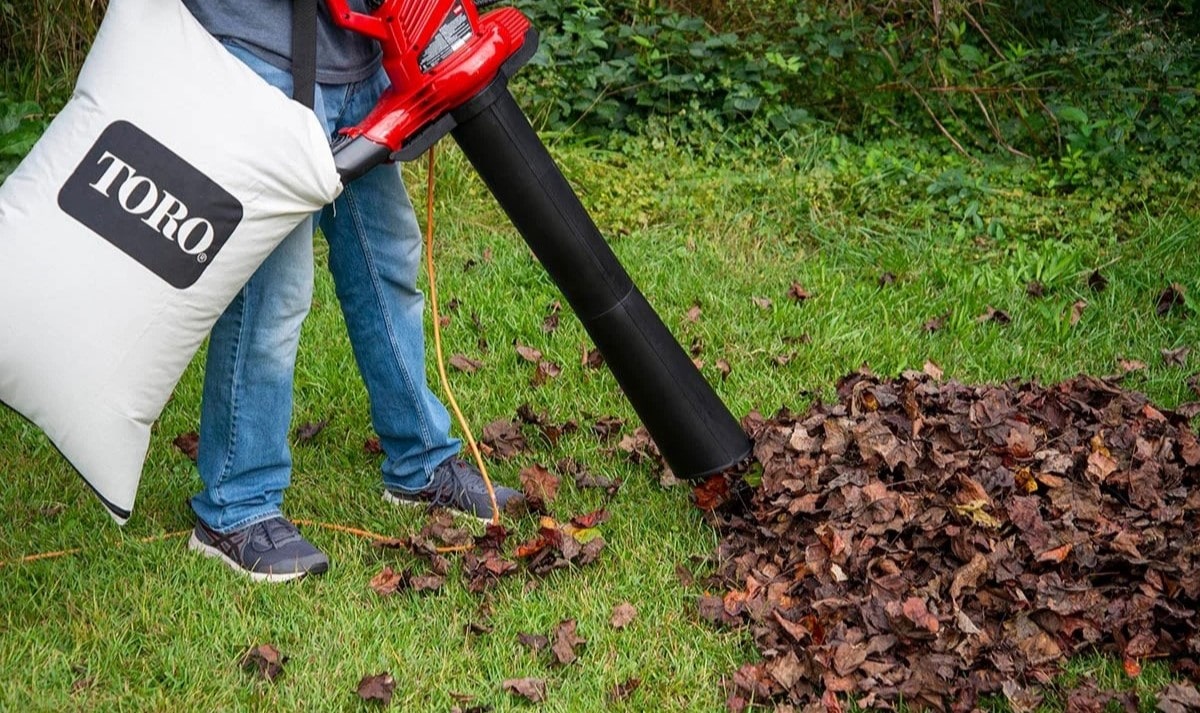
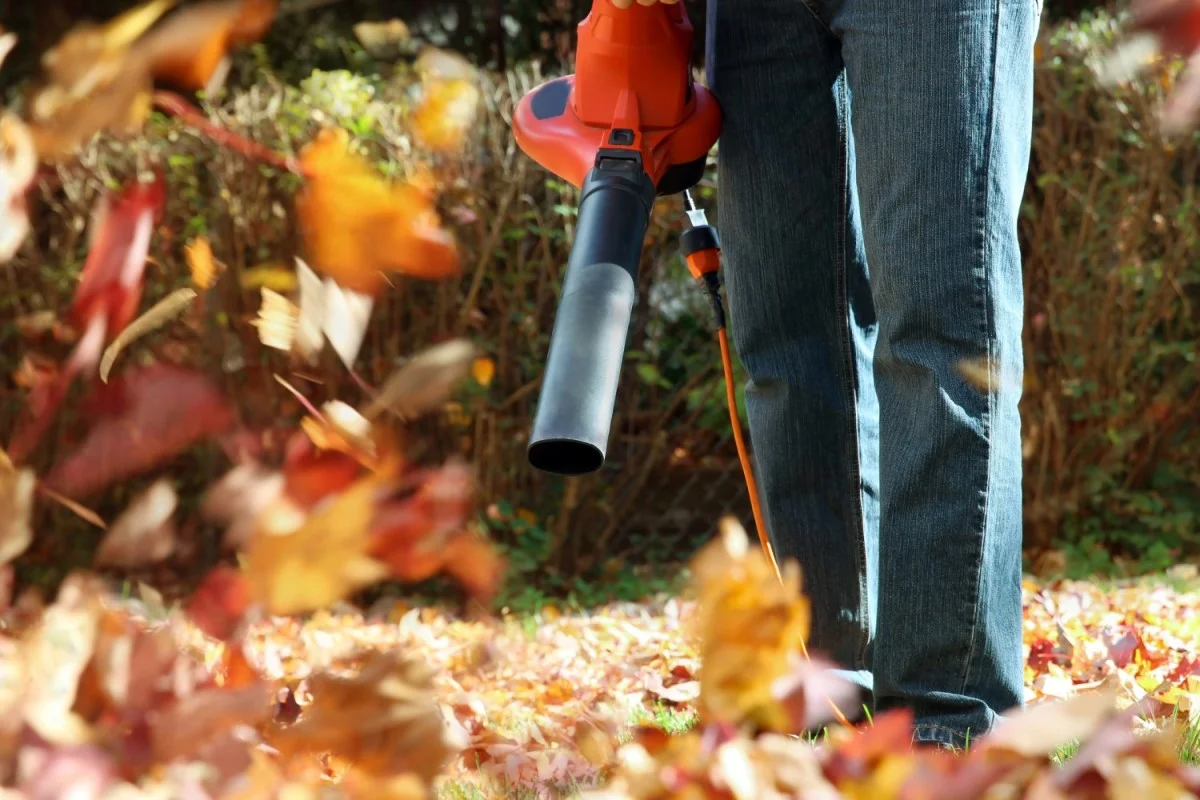
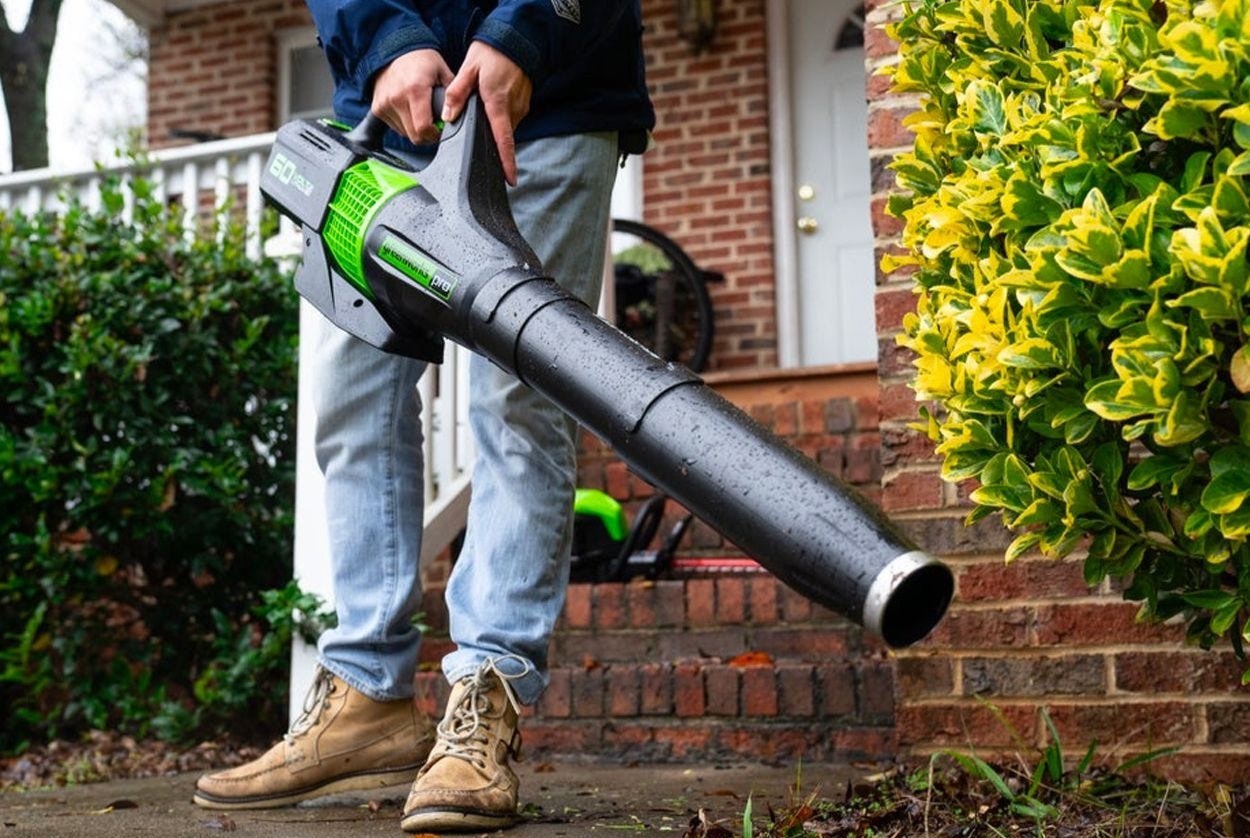
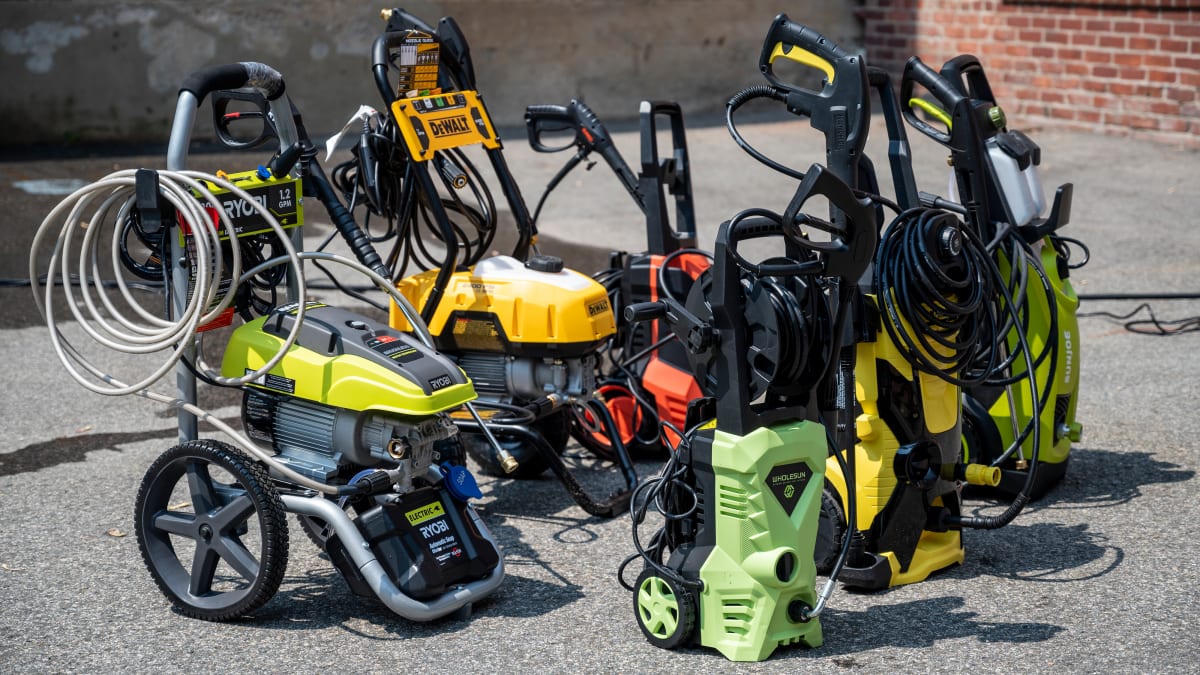
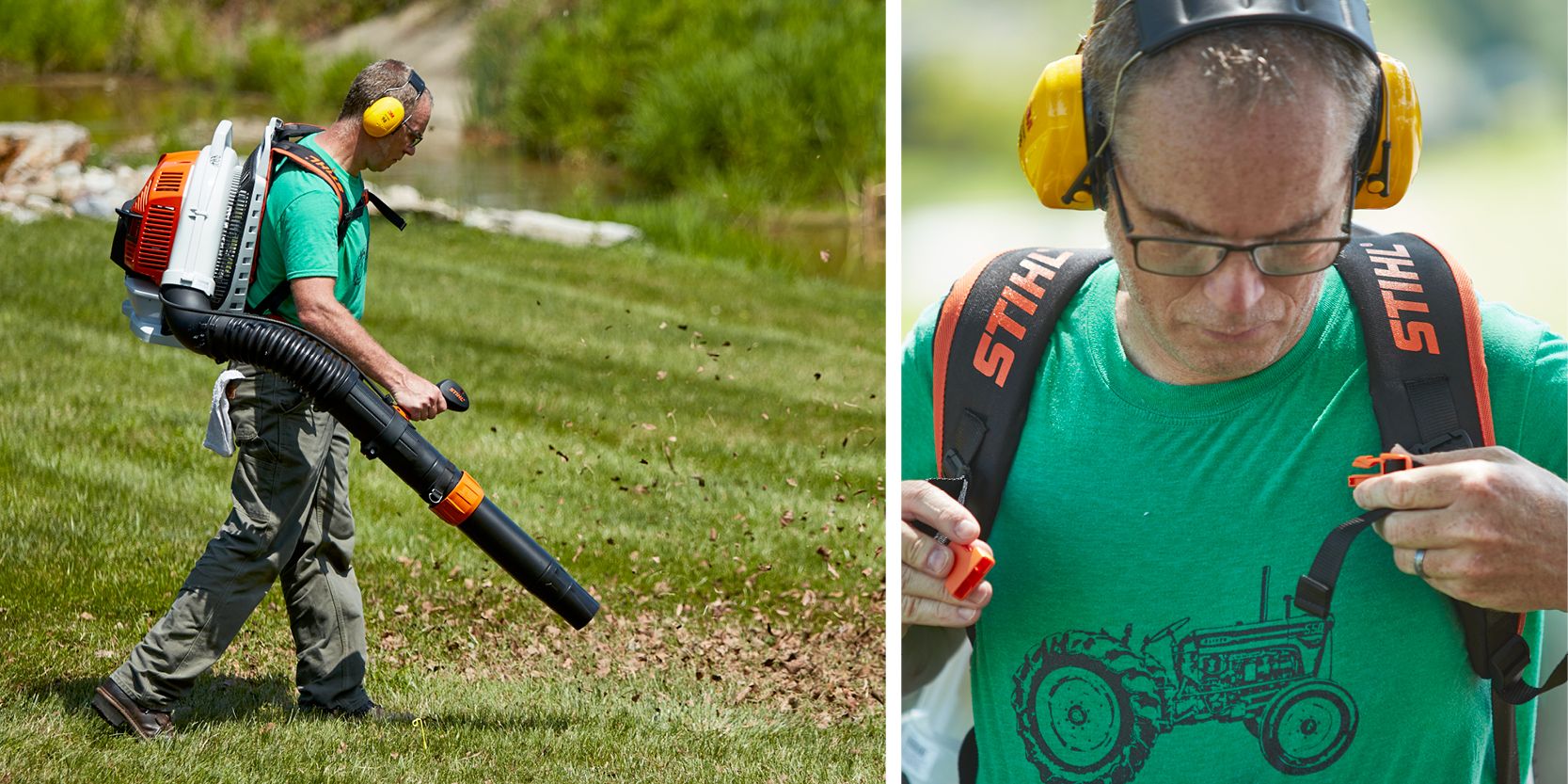

0 thoughts on “What Kind Of Gas Does A Stihl Leaf Blower Use”